Anime has become a global cultural powerhouse, captivating audiences and reshaping entertainment around the world. Once considered a niche interest, anime now influences everything from fashion to tourism, with fans deeply connected to its characters and stories. This transformation is especially visible in how anime resonates with younger audiences, driving merchandise sales and promoting tourism in real-life anime locations.
A recent study by our sister company, Cross Marketing Inc., offers valuable insights into how anime fandom is evolving, particularly in regions like the US, Japan, Thailand, and the UK. These findings offer brands strategic insights into engaging with this dynamic and growing fanbase.
Global Expansion of Anime Fandom
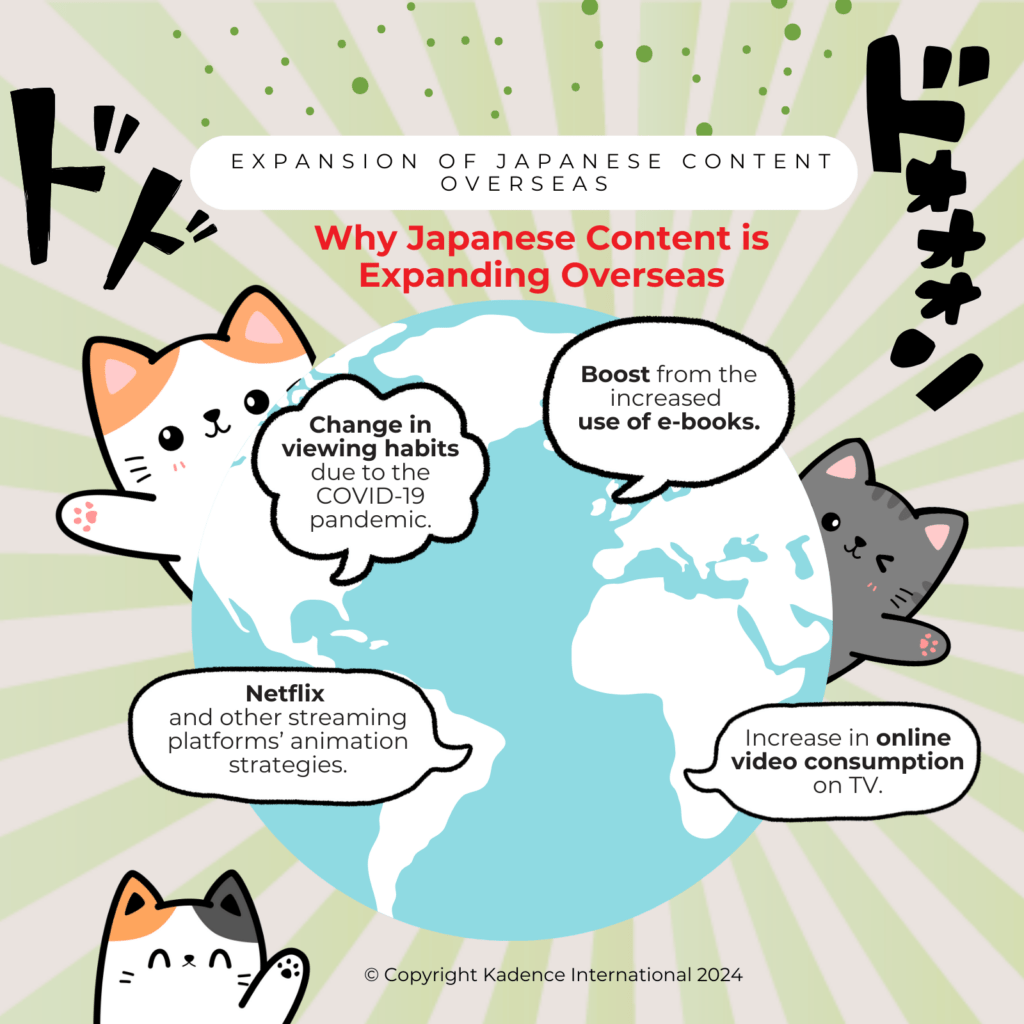
Streaming Platforms Driving Global Reach
Anime’s transformation from a specialised interest to a global phenomenon has been driven by the accessibility offered by streaming platforms like Netflix, Crunchyroll, and Funimation. These services have broken down language and geographic barriers, making anime easily available to audiences worldwide. Before this shift, international fans had to depend on DVDs, fan-subbed versions, or limited TV broadcasts, which made accessing anime much more challenging.
Netflix has played a key role in this growth by investing in original anime content and acquiring streaming rights to beloved series such as Naruto and One Piece. Meanwhile, Crunchyroll has contributed to expanding the audience by offering subtitled and dubbed versions of anime and simulcasts where episodes are released simultaneously with Japan. This real-time availability has boosted fan engagement and eliminated the frustrating delays international viewers used to experience.
Streaming platforms have democratised anime, allowing diverse global audiences to engage deeply with the unique storytelling and characters. This has contributed to the rise of vibrant anime fandoms in markets such as the US, UK, and Southeast Asia.
The exponential growth of Comic-Con Anime Conventions in the US
Image Source: MCM Comic-Con
The huge popularity of Anime in the US demonstrates the powerful influence of anime and broader pop culture on American society. Comic-Con conventions offer unique opportunities for brands to engage with a passionate and diverse audience, leveraging the vibrant energy of Comic-Con culture to build lasting connections with consumers.
Case Study: Comic-Con’s Role in Anime’s Growth in the US

Comic-Con in New York
Image Credit: Kotaku
Background
Comic-Con International and regional Comic-Con events have been instrumental in promoting anime culture across the United States. Originally focused on comic books and sci-fi, these conventions have expanded to celebrate Japanese pop culture, including anime and manga, becoming a major platform for anime promotion in the US.
Strategic Goals and Execution
Comic-Con events allow anime enthusiasts to gather, share their passion, and engage in various activities such as cosplay competitions, panel discussions, and exclusive merchandise sales.
Major conventions like San Diego Comic-Con and New York Comic-Con attract thousands of attendees annually, dedicating significant portions of their programming to anime screenings, voice actor panels, and interactive experiences.
This inclusive environment has helped bridge the gap between Western and Japanese pop culture, making anime more accessible to mainstream audiences.
Leveraging Popular Culture and Fandoms
Comic-Con also serves as a critical meeting point for fans and creators. Attendees have the unique opportunity to meet voice actors, manga artists, and industry professionals, deepening their connection to the anime community. These interactions boost fan engagement and help creators understand their audience’s preferences and feedback, shaping future anime content.
Economic and Cultural Impact
Comic-Con events contribute significantly to local economies, generating millions in revenue for host cities. For example, San Diego Comic-Con alone generated over $164 million for the local economy in 2022. Nearly every state now hosts its version of Comic-Con, reflecting the widespread popularity of anime and its integration into American pop culture.
Key Takeaways for Brands:
- Cultural Relevance: Collaborating with anime-focused events can increase a brand’s visibility and relevance among younger, engaged audiences.
- Exclusive Offerings: Limited-edition anime merchandise and interactive experiences create excitement and drive consumer engagement.
- Fan Engagement: By participating in conventions, brands can connect directly with passionate anime fans, building stronger community ties.
Comic-Con has played a crucial role in making anime a mainstream cultural phenomenon in the US. These conventions provide a dynamic platform for brands and industry players to engage with a diverse and passionate fanbase, driving anime’s continued growth and influence in the American market.
Impact of the Pandemic on Anime Growth
Streaming consumption surged during the COVID-19 pandemic when people were forced to stay indoors. Netflix and Crunchyroll saw massive increases in anime viewership, with global streaming video consumption rising by 40%. The pandemic drove homebound viewers to seek engaging content, and anime’s immersive worlds and rich narratives provided both an escape and a source of comfort.
Anime’s range of genres, from lighthearted comedies to intense dramas, allowed it to cater to varied emotional needs. Its on-demand availability further fueled the binge-watching trend, establishing anime as a preferred form of entertainment for millions globally. This surge in viewership during the pandemic has set the foundation for anime’s sustained growth, even as life has returned to normal.
Report Insights: Youth Engagement Across Regions
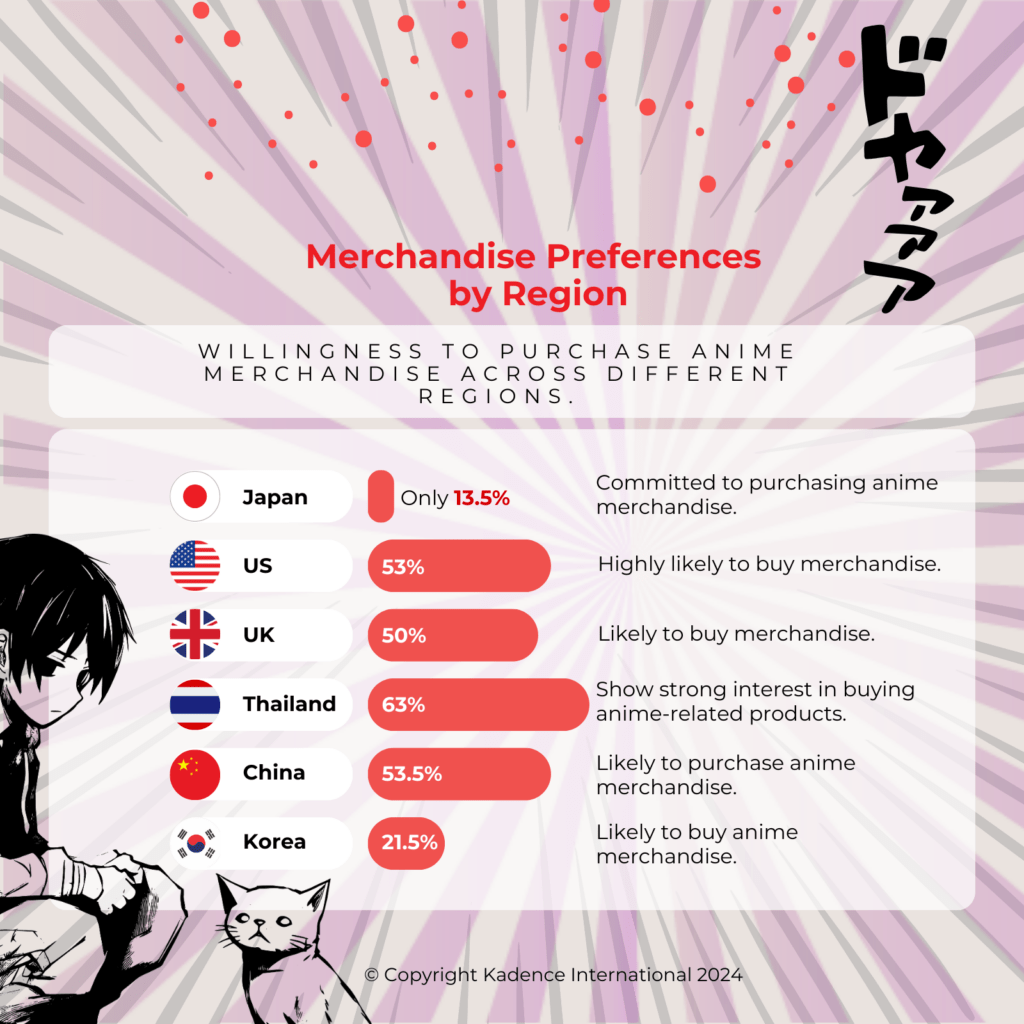
According to the CMG study, younger audiences—particularly those aged 16-22 drive the global anime fandom. Popular titles like Attack on Titan and Jujutsu Kaisen resonate with young viewers in the US, UK, Thailand, and Japan, reflecting anime’s appeal as more than just entertainment. In these markets, anime has become a defining aspect of youth culture, influencing everything from social media content to purchasing behaviour.
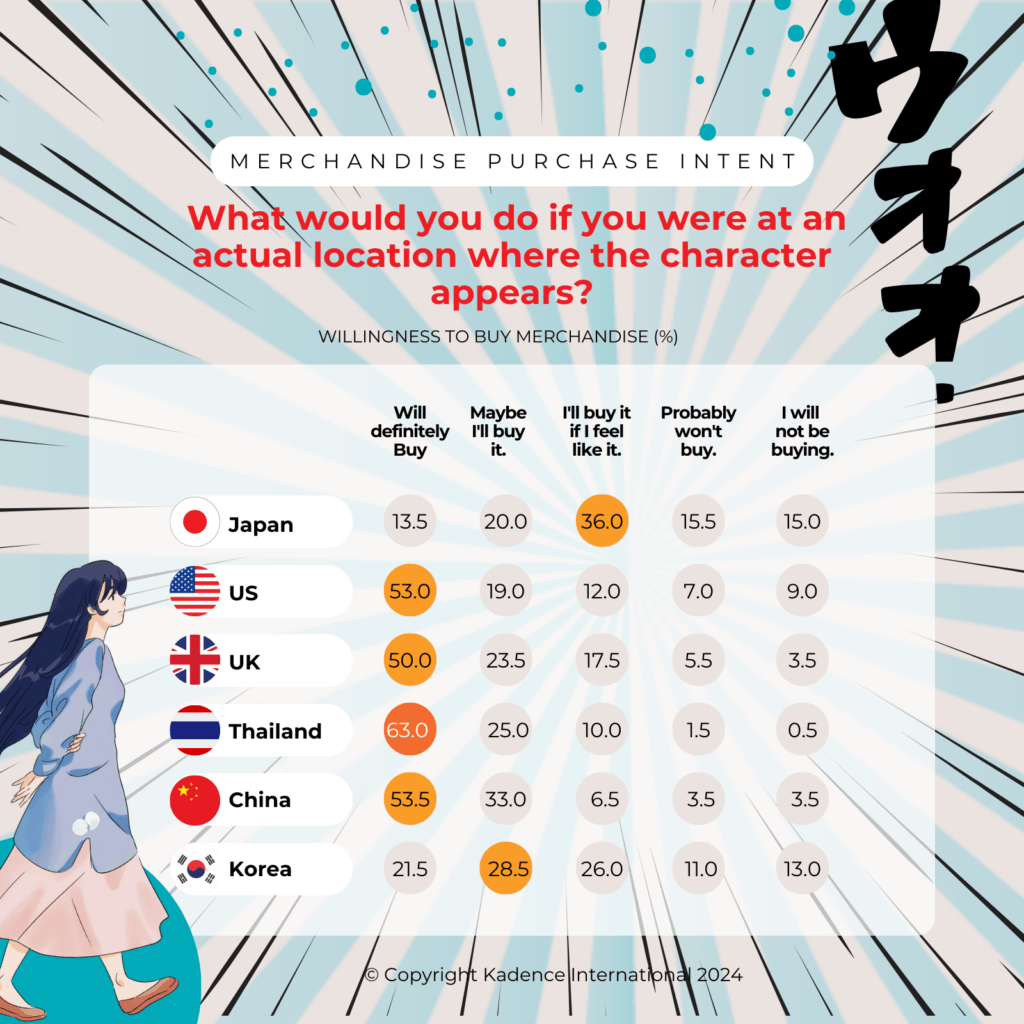
Merchandise Trends: A Global Market with Regional Variations
The Power of Merchandise in Fan Engagement
From action figures and apparel to exclusive, limited-edition products, anime merchandise has become vital to fan engagement. Fans use merchandise to express their connection to favourite characters and franchises, and the market for these products is growing rapidly.
However, consumer behaviour around merchandise varies significantly by region. According to the report, Thailand and the US lead in merchandise purchases, with 63% and 53% of fans, respectively, indicating a strong likelihood of buying anime products. By contrast, only 13.5% of Japanese respondents express the same enthusiasm for merchandise, reflecting how anime is perceived domestically in Japan versus internationally.
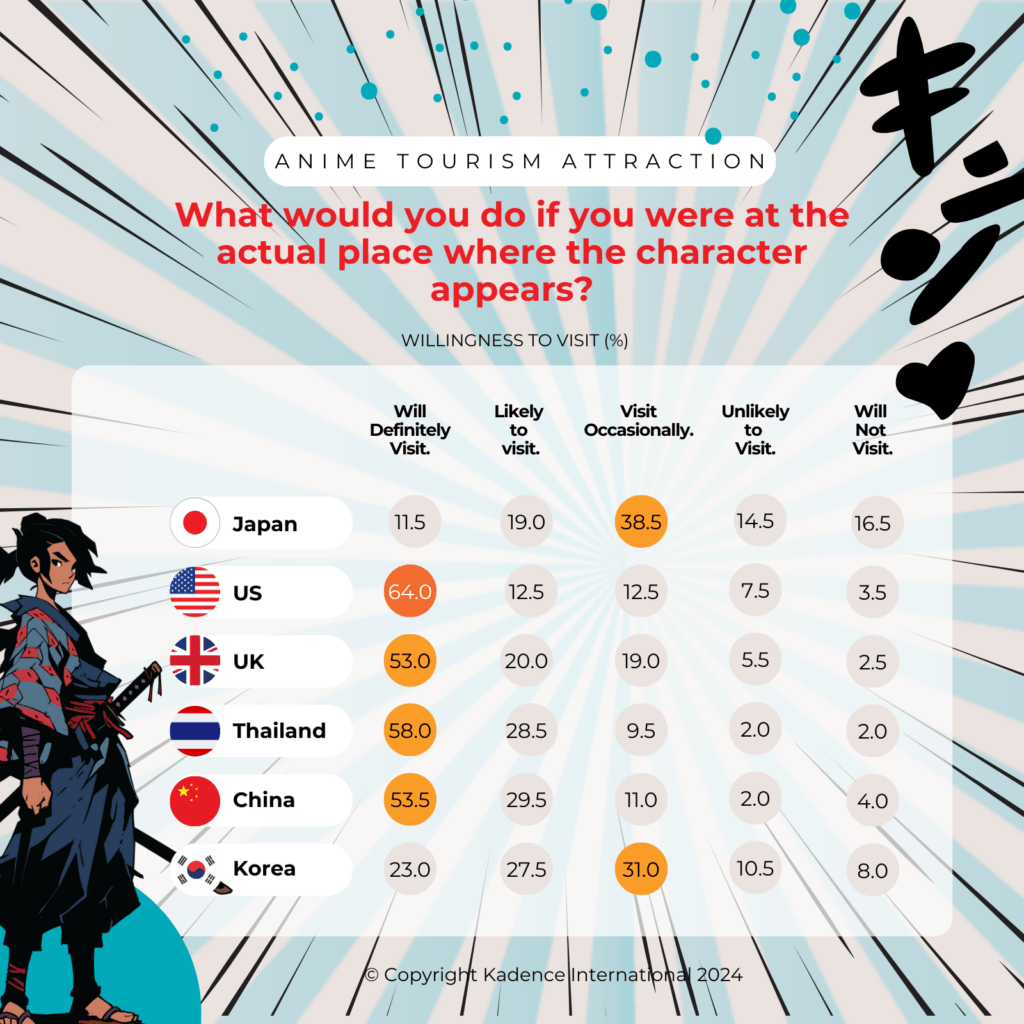
Why This Matters for Brands
This data reveals clear opportunities for brands. In regions like the US and Thailand, where fans are highly engaged with merchandise, exclusive products and collaborations with popular anime titles can drive significant sales. In contrast, in Japan, where anime is more normalised, brands might focus on premium, niche offerings that cater to more selective consumers.
Case Study: Coca-Cola’s Collaboration with Popular Anime Characters
Image Credit: Muse
One of the most compelling examples of anime’s growing influence on mainstream brands is Coca-Cola’s collaboration with anime characters. This partnership was a bold move to tap into the anime-loving demographic and a strategic decision that aligns Coca-Cola with the booming Japanese content market.
In collaboration with top anime titles, Coca-Cola released limited-edition cans and merchandise featuring characters from anime like Attack on Titan and My Hero Academia. These exclusive products were rolled out across several key markets, particularly Thailand, Japan, and the United States, where anime culture is highly influential.
Key Takeaways from the Coca-Cola Anime Collaboration:
- High Consumer Engagement: By associating itself with beloved anime characters, Coca-Cola increased consumer engagement significantly, especially among younger audiences aged 16-22, who are deeply invested in anime culture.
- Merchandise Popularity: The limited-edition merchandise quickly sold out in various regions, underscoring the strong demand for anime-themed products. This also highlights how brands can capitalise on fans’ emotional connection with anime characters to boost sales.
- Global Appeal: By choosing globally popular anime titles, Coca-Cola ensured the collaboration resonated with Japanese audiences and international fans, especially in the US and Thailand. This cross-cultural appeal contributed to Coca-Cola’s global visibility and brand loyalty.
The success of Coca-Cola’s anime-themed products shows the power of leveraging pop culture to drive brand awareness and loyalty. Collaborating with well-established anime franchises presents a unique opportunity for brands looking to tap into the anime market to create limited-edition products, build brand equity, and attract younger, more engaged audiences.
Case Study: McDonald’s and JUJUTSU KAISEN Collaboration
Image Source: McDonald’s
Background
In July 2024, McDonald’s USA launched a strategic collaboration with the hit anime series JUJUTSU KAISEN to introduce a new menu item: the Special Grade Garlic Sauce.
This partnership reflects a growing trend where mainstream brands leverage popular anime franchises to connect with younger, more engaged audiences.
Inspired by McDonald’s Japan’s iconic Black Garlic Sauce, this exclusive condiment was available only through the McDonald’s App, highlighting how brands adapt their marketing strategies to digital and fandom-driven channels.
Strategic Goals and Execution
The collaboration aimed to capitalise on the immense popularity of JUJUTSU KAISEN, an anime series with a massive global following, particularly among younger consumers.
McDonald’s introduced the Special Grade Garlic Sauce with packaging that featured eight unique lid designs, each showcasing a different character from the series, including Yuji Itadori and Satoru Gojo. This not only provided a collectable element but also created a sense of urgency and exclusivity among fans to “catch them all.”
To enhance fan engagement, McDonald’s offered a 30-day free trial of Crunchyroll with each purchase, allowing customers to watch full episodes of JUJUTSU KAISEN and other anime content. This partnership with Crunchyroll, a leading anime streaming platform, strengthened the campaign’s appeal to the anime community and integrated the dining experience with anime content consumption.
Leveraging Popular Culture and Fandoms
The collaboration also extended to the NASCAR Chicago Street Race, where NASCAR Driver Bubba Wallace’s car featured a JUJUTSU KAISEN-themed paint scheme. This cross-promotion showcased the versatility and reach of anime-themed marketing, extending beyond traditional anime fan events into mainstream American sports culture. By integrating anime imagery with a major American sporting event, McDonald’s effectively blended diverse cultural elements to maximise visibility and engagement.
Impact and Results
The campaign was well-received, resonating particularly with younger audiences aged 16-22, who are avid anime watchers and frequent fast-food consumers.
Key Takeaways for Brands:
- Cultural Relevance: Collaborating with popular anime franchises like JUJUTSU KAISEN allows brands to tap into vibrant, engaged communities and enhance cultural relevance among younger audiences.
- Exclusive Offerings: Limited-time, app-exclusive products create a sense of urgency and drive engagement. Brands can use exclusive digital channels to target tech-savvy consumers.
- Cross-Platform Integration: Partnering with platforms like Crunchyroll and leveraging events like NASCAR races allows for diverse audience reach and cross-promotional opportunities, blending fandom with mainstream activities.
- Fan Engagement: By offering collectibles and exclusive content, brands can build deeper connections with fans. These fans are motivated by both loyalty to the franchise and the appeal of unique, limited-edition items.
The campaign’s success demonstrates the potential for brands to integrate popular culture and digital innovation, creating memorable experiences that resonate across cultural and consumer boundaries. For companies looking to expand their reach and appeal, tapping into the power of anime and its dedicated fanbase presents a dynamic opportunity for growth and brand loyalty.
Anime Tourism: The Experience Economy Takes Off
The Rising Trend of Anime Tourism
Anime has transcended the screen and is now influencing tourism trends worldwide. Fans are no longer content just watching anime; they want to immerse themselves in the worlds they’ve come to love by visiting real-life locations featured in anime. This phenomenon, known as anime tourism, is growing, particularly among international fans.
The report shows that 64% of US and 58% of Thai respondents strongly desire to visit real-life anime locations. Meanwhile, in Japan, only 11.5% of respondents show interest in anime-related tourism, reflecting anime’s more ingrained presence in Japanese culture.
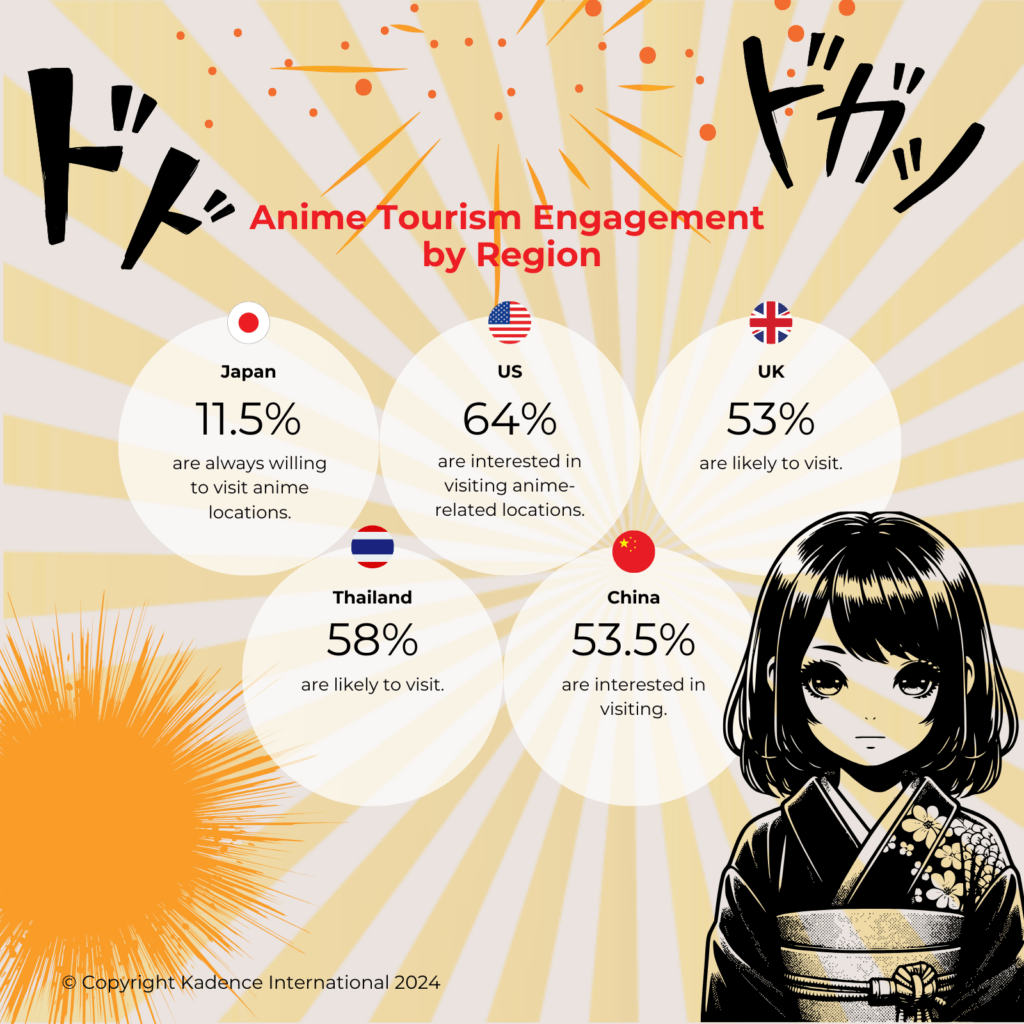
Economic Impact and Opportunities of Anime Tourism
Anime tourism has a substantial economic impact in Japan, particularly in locations like Akihabara and the Studio Ghibli Museum, which draw millions of visitors annually. Local governments and tourism operators are capitalising on this trend by developing anime-themed experiences, offering guided tours, exclusive merchandise, and themed cafés to cater to this dedicated fanbase.
Brands can partner with tourism boards to create curated experiences that cater to anime fans. Offering exclusive travel packages, anime-themed hotels, or collaborative events can provide a unique touchpoint for engaging with anime tourists.
Top Anime Titles and Their Global Appeal
The study identifies several anime titles that are particularly popular among the youth segment, including Attack on Titan, Jujutsu Kaisen, Tokyo Revengers, and SPYxFAMILY. These titles have successfully built global fanbases, driving not only viewership but also merchandise sales, social media trends, and event participation.
What sets these titles apart is their ability to tell complex, relatable stories. For example, Attack on Titan blends action and philosophy, exploring themes like freedom and survival, while SPYxFAMILY draws viewers in with its blend of humour and heartwarming moments.
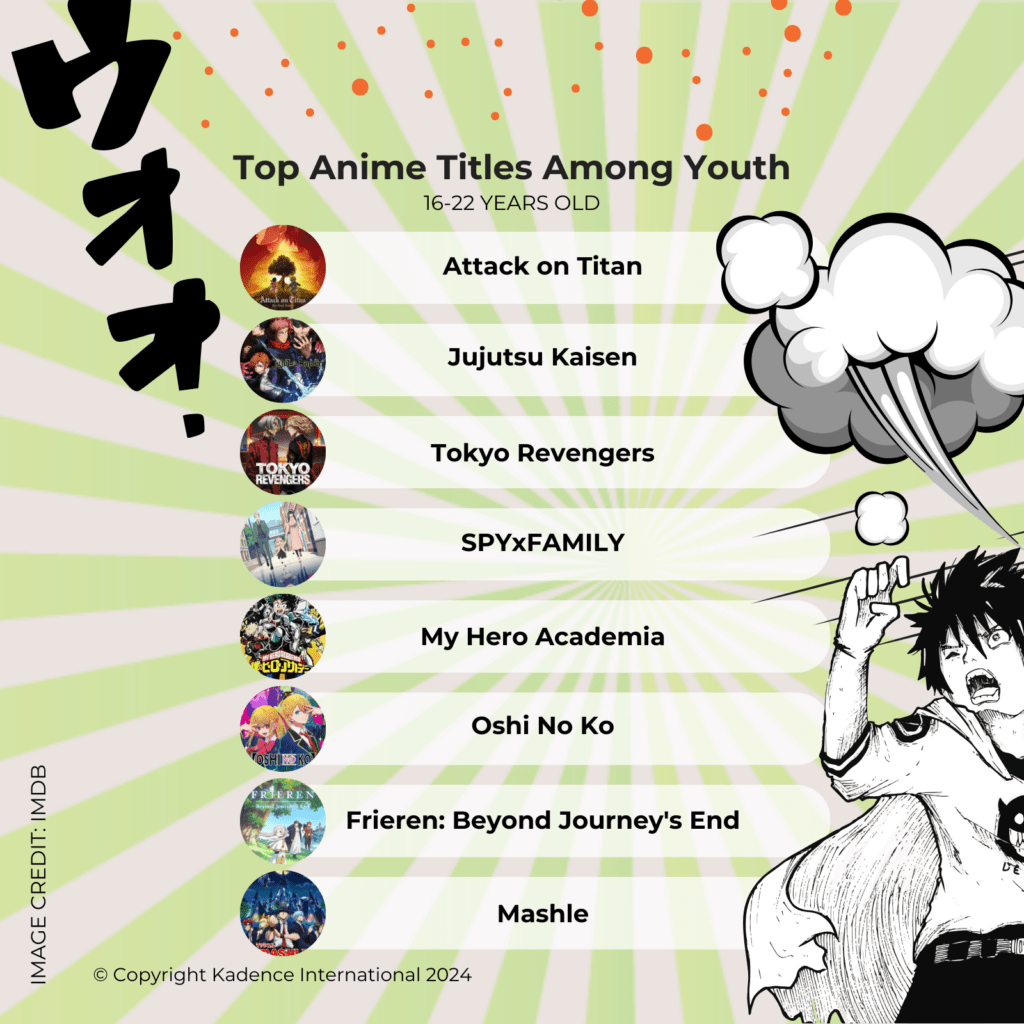
The Role of Social Media in Amplifying Fandom
Social media has become a powerful tool in expanding anime fandom, particularly among younger audiences. Platforms like TikTok, Instagram, and Twitter have amplified anime content through viral trends, fan art, and cosplay. Fans are consuming anime and actively engaging with it, creating a vibrant online community.
The Future of Anime Consumption: VR, Interactive Storytelling, and Sustainability
New Technologies Driving Engagement
As anime continues its global rise, the future of anime consumption will likely be shaped by emerging technologies such as virtual reality (VR) and interactive storytelling. Anime titles like Sword Art Online are already experimenting with VR experiences, allowing fans to step into the anime world, while platforms like Netflix explore interactive formats that give viewers control over story outcomes.
Brands can capitalise on these trends by developing immersive, interactive experiences that give fans a deeper connection to their favourite anime.
Sustainability and Eco-Conscious Content
As younger generations, particularly Gen Z, become more focused on sustainability, anime creators are beginning to reflect these concerns in their content. Titles like Nausicaä of the Valley of the Wind and Dr. Stone explore environmental themes that resonate with eco-conscious audiences.
For brands, there’s an opportunity to align with these values by producing sustainable anime merchandise or adopting eco-friendly practices at anime conventions. This can foster stronger engagement with Gen Z fans, who prioritise brands that reflect their commitment to sustainability.
Takeaways for Brands
Anime’s rise to global prominence presents a unique opportunity for brands to engage with diverse and passionate fanbases. The Cross Marketing Inc. study highlights several key insights that senior leaders can use to shape their strategies:
Key Insights:
- Streaming Platforms: Leverage global accessibility to tap into anime’s growing audience.
- Merchandise Demand: Focus on exclusive and region-specific products to cater to high-demand markets like the US and Thailand.
- Anime Tourism: Create immersive travel experiences that appeal to international anime fans.
- Technology and Sustainability: Embrace VR, interactive storytelling, and sustainable products to meet the expectations of younger audiences.
Want to learn more about your consumers and how your brand can tap into new cultural waves?
Contact us for more insights and customised strategies to engage with your audience.
Get regular insights
Keep up to date with the latest insights from our research as well as all our company news in our free monthly newsletter.




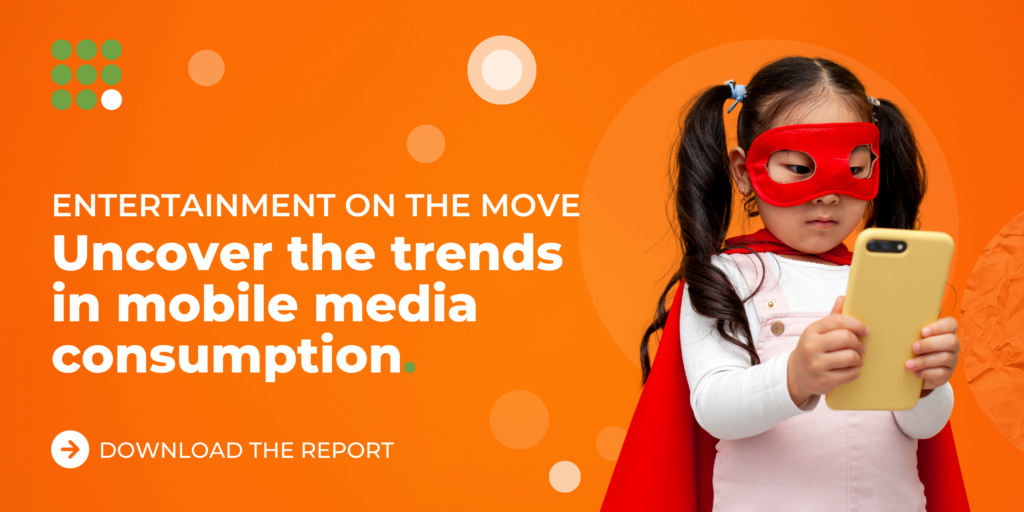
 Senior Marketing Executive
Senior Marketing Executive Sales & Marketing
Sales & Marketing General Manager PR -Internal Communications & Government Affairs
General Manager PR -Internal Communications & Government Affairs Vital Strategies
Vital Strategies
 Customer Intelligence Director
Customer Intelligence Director